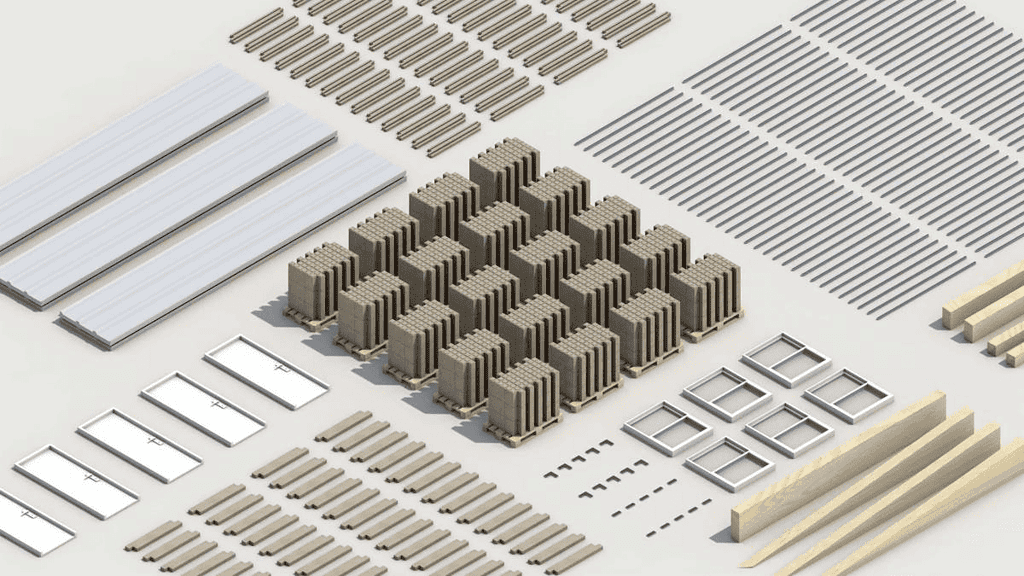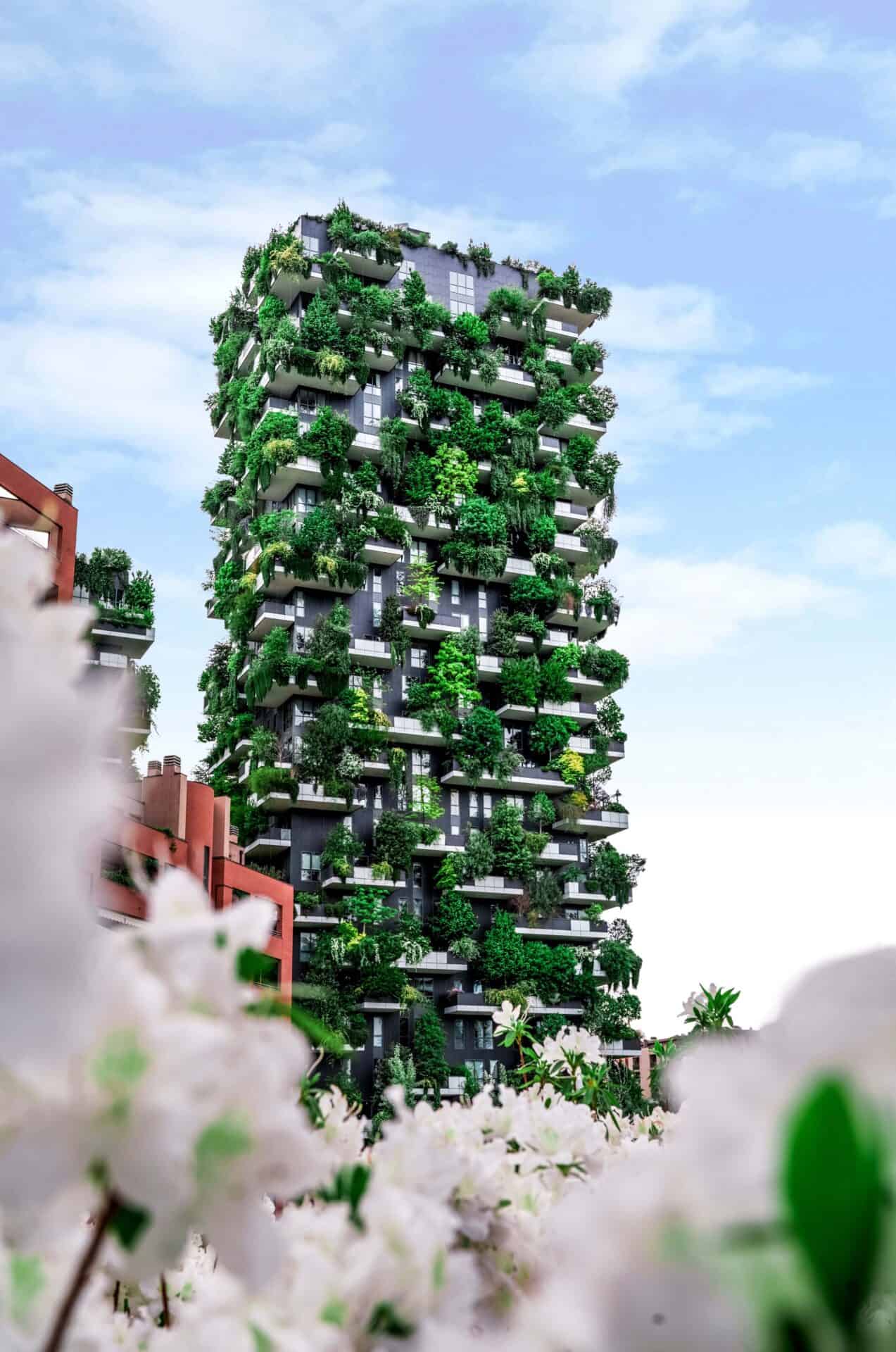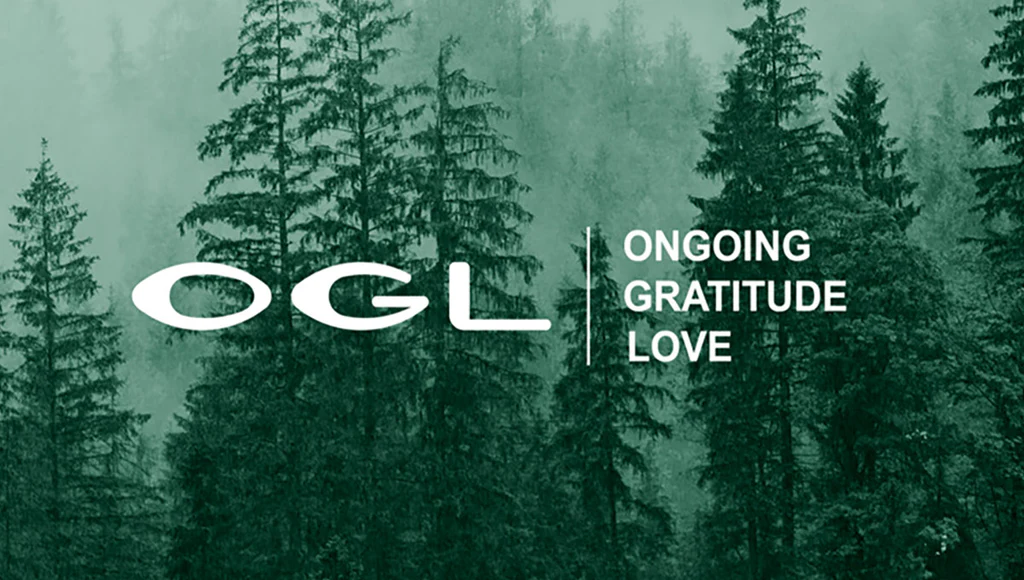Green architecture has been around for quite some time as a concept.
If this is the first time you’re hearing the term- disclaimer- it does not refer to green painted buildings.
Green architecture is consciously generates a lighter environmental impact.
From planning and building, up to the finished structure, the entire process is sustainable and nature-friendly. The main goal is to create something that helps the occupants and the surrounding natural habitat thrive in harmony.
As buildings and construction contribute up to 39% of carbon emissions, currently, sustainable architecture has become an essential solution.
Thanks to the rising awareness and the innovative genius of eco-conscious architects, there are several constructions worldwide that are checking all the boxes in the right way.
These wonderful examples of green architecture show us what an eco-conscious future could look like.
In this feature, we’ll tell you all that there is to know about green architecture. We will also feature 5 of the the best examples of green architecture worldwide, and what the future of sustainable architecture looks like.
Keep reading to know more!
What is Green Architecture?

Green architecture believes in reducing the harmful environmental impact of built structures. It is designed to be adaptable, beneficial and have a minimal carbon footprint.
There are some common goals and practices when constructing green buildings. These include-
- sourcing sustainable materials
- focusing on conserving energy
- Preserve the biodiversity surrounding the area
- Yield health and productivity benefits for the residents
For example, solar power systems, composting toilets, rainwater harvesting, community gardens with composting facilities, etc. are some instances of conscious, green construction.
Green and sustainable architecture does not only avoid environmental harms. It also enhances the integrity of nature.
Apart from creating better structures, green architecture is preferred more as they are more resilient to natural disasters.
Green constructions are built by a certified group of individuals who work on every aspect.
These specialists pay attention to all factors like soil quality in the area, patterns of sunlight, etc. From design to the final execution, every part of the process is carefully deliberated and tailored to the height of environmental perfection.
Once the building is completed, the occupants are responsible for reducing energy use, and following other guidelines to make optimal use of the eco-friendly structure.
Most importantly, green buildings are not a one-time effort. Instead, they are a continuous process involving everyone- designers, inhabitants, planners and policy makers. The main goal is to reduce the harmful environmental impact of structures.
Green architecture is a portal to the next generation healthy lifestyle. those who continue to help reduce the impact on the structure. It thrives on both prudence and participation.
A Brief History of Sustainable Architecture
The green architecture movement belongs to the late 80s to early 90s. This is when the American Institute of Architects and the Environmental Protection Agency jointly created the AIA Committee on the Environment. The AIA Committee has developed complete guidelines for making constructions eco-friendly that extend beyond the primary requirements.
The next big milestone was when the U.S. Green Business Council (USGBC) was formed in 1993 to further the green architecture movement.

Today, the council operates in 70+ countries and holds yearly global conventions.
Organizations like these are what have helped change the tide. They have made green buildings mainstream and continue to pioneer large-scale programs that advance overall industry standards.
Common Features of Green Architecture
Green buildings vary in style and design depending on the location and purpose of their creation.
However, there are certain principles at the core of green architecture followed by all eco-friendly constructions. Here are some of them:
Sourcing sustainable and ethical materials
Non-toxic, sustainable, and ethical building materials are used. Some examples are the use of responsibly-harvested local wood, recycled architectural salvage, harvested rainwater, sustainable cement alternatives, etc.
Energy conserving mechanisms
Green constructions are designed to be energy-efficient.
They use alternative energy sources like solar power and wind power, energy-efficient lighting, electrical appliances, rainwater harvesting systems, etc.
Caring for the surrounding natural habitat
Green buildings are always designed with the surrounding natural habitat in mind.
These structures help the surrounding ecosystem thrive rather than obstruct the growth of nature.
Improving the Resident’s Quality of Life
Ensuring the well-being of the occupants is another primary goal of green constructions.
They provide occupants with a safe, healthy, and eco-friendly living space. A sustainable and non-toxic indoor environment is an essential facility.
Adaptive Designing
While enhancing the natural habitat and reducing the environmental impact are necessary goals, designing also plays an active part.
These buildings adapt to all the changes the community might go through on the way to a sustainable future. Besides visually enhancing the surroundings, they are highly functional.
Reducing pollution, reuse & recycling
Green buildings are constructed with the least possible pollution of natural resources.
The finished structure also enables reusing and recycling facilities to minimize waste and manage it efficiently.
Social benefits
Factors like location and transportation facilities are considered in sustainable architecture.
The chosen area is ideally close to public transport hubs to help minimize the use of private vehicles. Advancing social equity and public health is also fundamental.
There are many ways to make a building green. But these are some of the essential requirements.
While an eco-friendly construction process is the highlight of green architecture, the finished structure should also help occupants lead a sustainable lifestyle.
5 Stunning Green Architecture Examples That Make Us Say ’WOW’!
Now that you know the basics of green architecture, let’s take a look at some of the most striking and eco-friendly structures in the world. These 5 buildings and sites are stunningly beautiful and efficient, taking green architecture to the next level! How we wish the world would take a 180 degree turn like this!
1. Shilda Winery, Georgia by X-Architecture
Shilda is a wine tasting complex in Kakheti, Georgia, built in 2016 with the concept of appreciating every aspect of wine, from harvesting to consuming. It is fully embedded into the land, responding to the environmental factors of the area.
The elevated structures look like three hills. They accommodate three main functional areas for wine tasting, wine storage, and wine knowledge sharing.
Shilda receives a lot of sunlight. Therefore, the complex has been designed to use the thermal mass of the soil to optimize the cooling system.
The facade is north-facing, which aids all round cooling. The building consumes minimal energy instead of letting the environment regulate the temperature.
2. Vertical Forest, Milan by Stefano Boeri Architetti
Two Vertical Forest buildings in Milan were built between 2007 and 2014. They represent architectural biodiversity, including human well-being and the relationship between humans and biodiversity.
These were the first of their kind, and have received prestigious architectural awards.
These residential buildings were powered by the idea to create a “home for trees that also houses humans and birds”. With approximately 800 trees, the buildings also house second-stage and small varieties of perennials and shrubs.
This dense vertical jungle creates a clean and healthy indoor living environment by filtering harmful toxins from the atmosphere. As a result, it is a thriving hub for all living species. As of a few years ago, there were around 1600 species of birds and butterflies that lived alongside people in the buildings. Harmony personified!
3. Knox College Whitcomb Art Center, Illinois by Lake Flato
The Whitcomb Art Center is the a sustainable art building at Knox College.
Built with materials gathered from demolished projects in other areas of the college campus, it is stylish and functional.
The center highlights Knox College’s commitment to sustainability.
The roof of the structure holds solar panels. As a result, the entire building uses 17% less energy.
The design and spacing are made to endure harsh winters, mild swing seasons, and the acute sunlight in central Illinois. These techniques conserve a lot of energy and do not release wasteful residue into the nature.
Knox College also uses green stormwater management that lets the runoff water from roofs enter the storm drains. The runoff is utilized to nourish native shrubs and flowers.
The Whitcomb Art Center has also received the Gold Certification from LEED.
4. DISC Lab, Busan by Cre-te
The Descente Innovation Studio Complex (DISC) in Busan is a research and development facility for shoes designed by Cre-te.
The track covering the inner courtyard is called the ‘CIRCLE’. The CIRCLE and the rising portion around the courtyard are aesthetic, functional and support the surrounding ecology.
With this artificial hill-like appearance, the DISC lab has a sleek urban look while being eco-friendly and sustainable.
The structure promotes research, creative communication, and sustainability. It received the iF Design Award in 2021.
5. Tongan Wenbi Pagoda Park, Xiamen
The Tongan Wenbi Pagoda Park in Xiamen, China, was designed by Xiamen Urban Environment Design and the Tongan government to restore historically significant farmland.
This vast park spans 8 hectares, protecting the ecology of the land and enhancing the lifestyle of residents.
The once lush farmland is culturally important to the people of Tonga. This encouraged the government to restore and preserve the land and its natural habitat.
It represents the idea of ecological unity and aims to protect the outdoor green spaces. The construction also won the iF Design Award in 2021.
The Future of Sustainable Architecture
The building industry is one of the major polluters on the planet.
Green architecture is an essential solution for a sustainable future. Today, we’ve already paved the way with decades of research and experimentation. We can say that the future of green buildings is bright.
Several innovations are taking the sustainable turn today. For instance, Polyblocks by Polycare, referred to as LEGOs for adults, are building blocks made with sustainable materials used to build a structure.

The main aim behind Polyblocks was to help people build sustainable, safe, affordable space for themselves. Polycare has already built 100 sustainable homes in Namibia.
International certifications like LEED are also advancing the green construction movement by making green building compliances more accessible.
Newer additions like the LEED Zero Program set up more comprehensive standards that can recognize standout green builders. Measures like these are driving the movement by persuading architects to invent competent, sustainable solutions.
As we hurtle towards the future, it is important to note that green construction goes beyond mere building.
It is about bringing humans and biodiversity together in a habitat equilibrium, where we respect the environment and also improve our standard of living.
To truly make buildings an asset to the planet, builders, creators, authorities and residents have to collaborate and take responsible steps. The dream of a green infrastructure will then transform into a powerful reality and a political statement with concerted action.
What Do We Say About Green Architecture?
Green spaces should ideally become the norm rather than the exception. As we continue to move towards an uncertain future, it is important for us to transform our living spaces.
It does not have to be a colossal revolution. Even incremental efforts to make structures more impactful and environment-friendly will go a long way.
However, authorities and states all over the world need to emphasize the importance of green architecture more than ever. It is the genuine need of the hour.
Besides other lifestyle changes and revolutions in fashion, food and living- we need to consider a structural aspect to zero-waste sustainable living. It’s safe to say that green architecture is the next big shift in our landscape. Maybe the future does not look too pessimistic after all.








